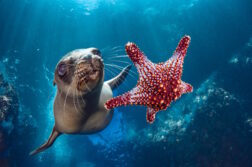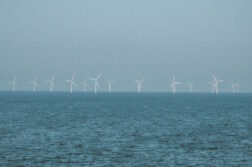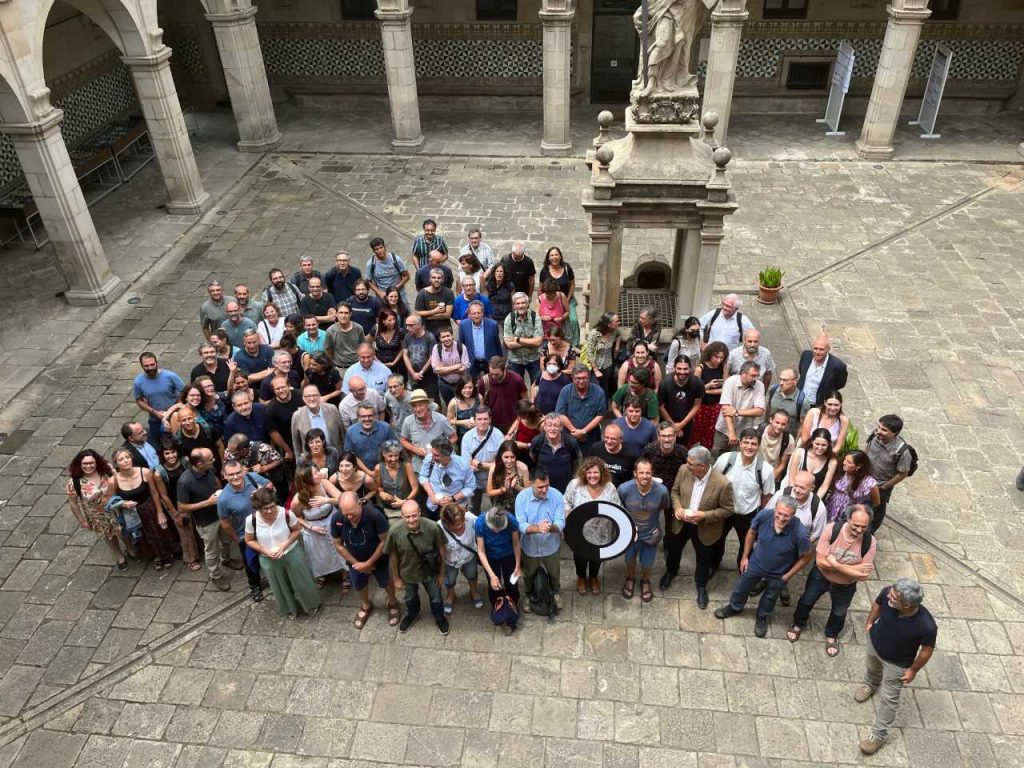On October 21 and 22, Dr. Miguel Ángel Mateo, leader of the Group of Aquatic Macrophyte Ecology (GAME) of the Center for Advanced Studies of Blanes (CEAB-CSIC) participated in the seminar: Pradeiras mariñas. Tesouros de Biodiversidade, organized by the Centro de extensión universitaria y divulgación ambiental de Galicia (CEIDA).
This seminar focused on highlighting the importance of marine prairies as one of the richest marine ecosystems on the planet, and to remember that they have essential environmental functions and services for many forms of marine life, as well as an extraordinary economic and social.
Dr. Miguel Ángel Mateo presented a project focused on the conservation of these ecosystems, widely distributed on the Galician coast and fundamental in the fight against climate change. “Socioeconomic value of marine anxiosperma prairies” reviews the products obtained from the prairies of marine phanerogams, such as their cultivation for culinary purposes, commercial fishing, their use as a building material, or as an organic compound. This contribution will be published in the book “Praderas marinas: tesoros de biodiversidad”.
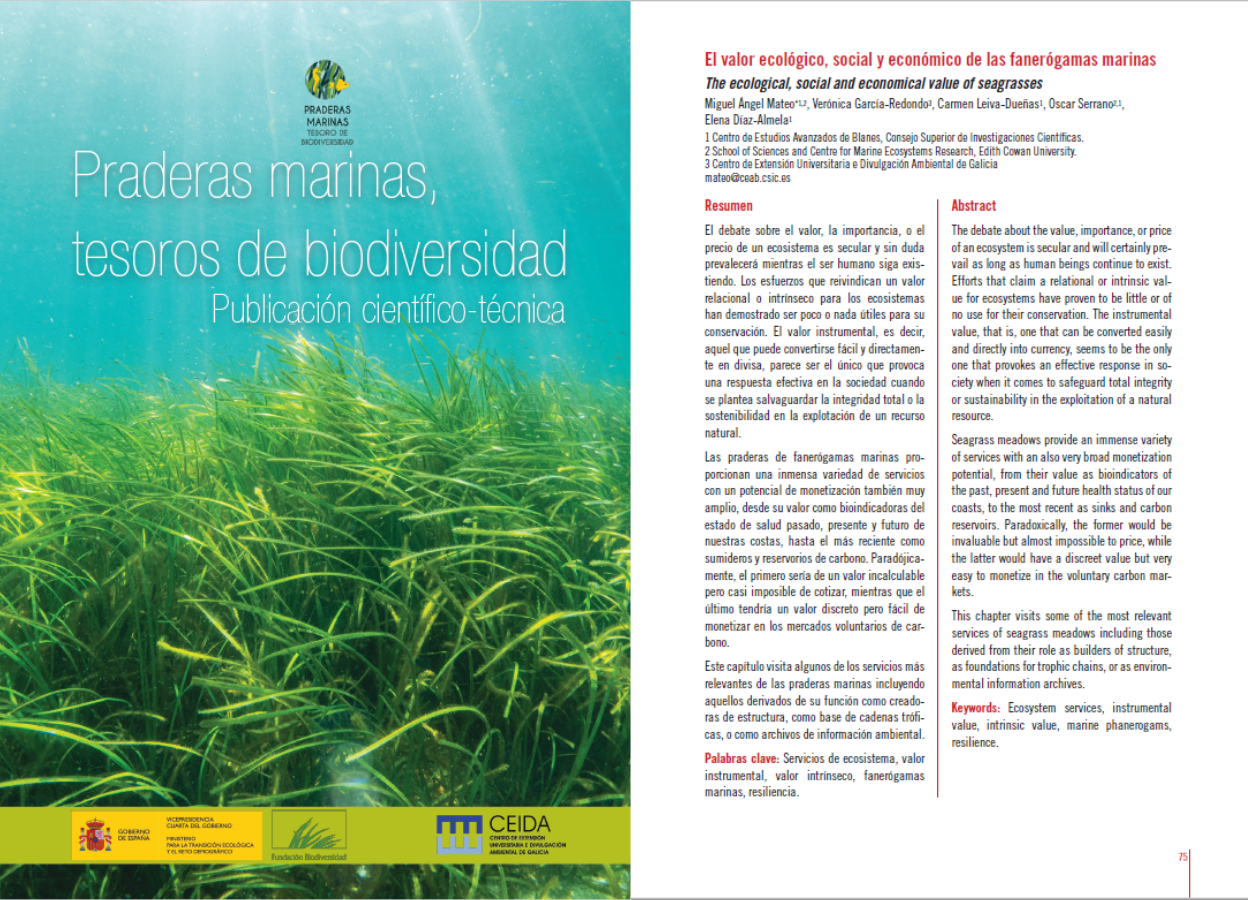
It also highlights the importance of these ecosystems for other species, as it is a source of food, and a place of reproduction, refuge and nesting. These grasslands simultaneously act as sediment stabilizers, preventing coastal erosion and mitigating the effects of storms. At the same time they are biogeochemical sinks, which retain microplastics and other contaminants. They also filter, fix and store CO2, necessary for the fight against climate change.
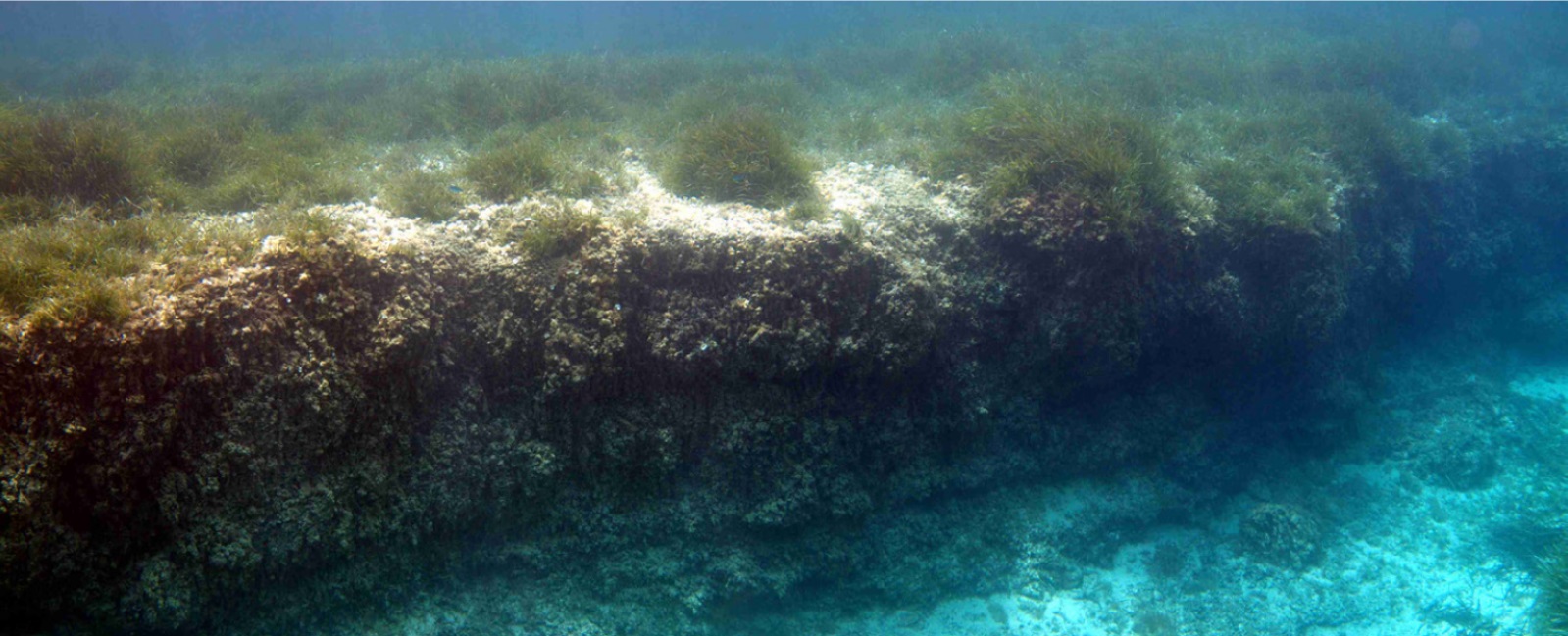
In addition, the importance of their tourist attraction is highlighted, as the beaches with angiosperm meadows are healthier, more transparent and more diverse. Lastly, he mentioned that the desire to preserve these spaces could conflict with different uses and users, such as shellfish gatherers and bathers, who could be reluctant to do so. In this case, the commitment is to make these ecosystems known, to inform them well and, in case of need, to reach positions of commitment with the rest of the users.
Mateo, M.A.; García-Redondo, V.; Leiva-Dueñas, C.; Serrano, O.; Días-Almela, E. (2021). El valor ecológico, social y económico de las fanerógamas marinas. En Vales, C.; París, S.; García-Redondo, V. (Coord.) 2021. Praderas marinas, tesoros de biodiversidad. Publicación científico-técnica, pp. 75-91. CEIDA, Oleiros.



